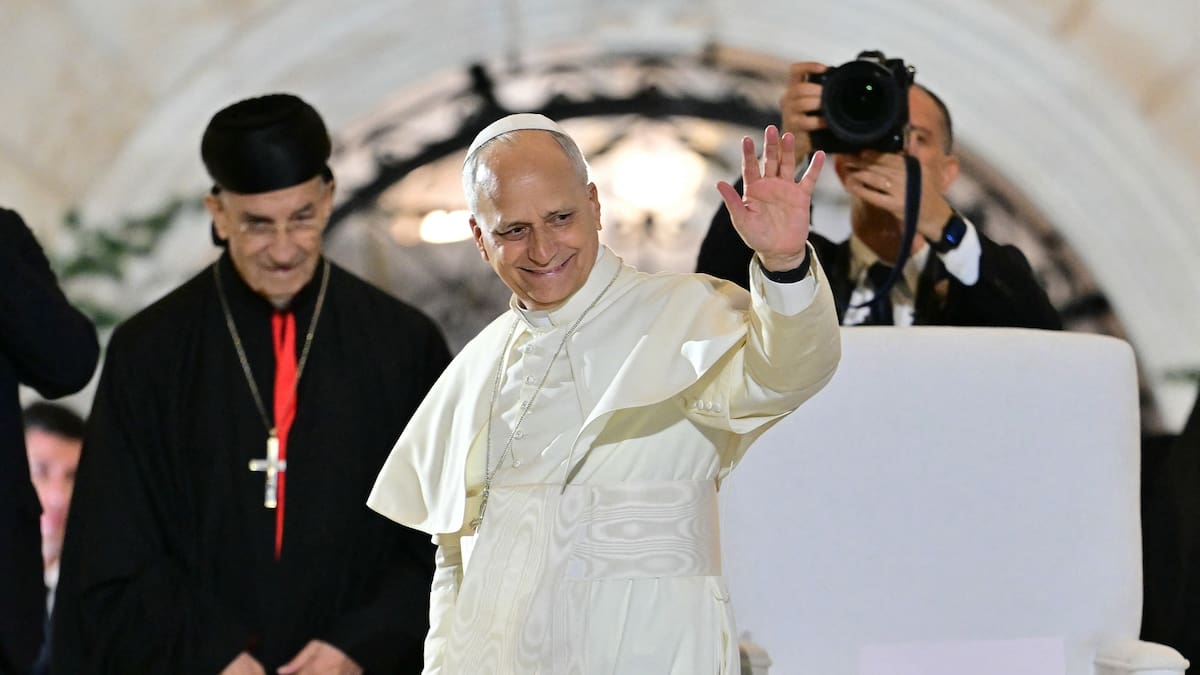With his forces reeling from the rebel advance, Assad on Wednesday announced a 50% increase in salaries for military personnel, Syria’s state-run news agency reported.
HTS, meanwhile, appealed to members of the Alawite minority in Hama, the sect to which Assad belongs, to “detach themselves from this regime”. The rebel group, which was once an affiliate of the extremist al-Qaeda organisation, has sought to assure the country’s many minorities that their rights would be protected if it prevailed.
As the Government has rushed reinforcements to Hama, Syria and its Russian allies have conducted a series of punishing airstrikes on Idlib city, an opposition stronghold, as well as towns south of the city. The airstrikes have hit residential areas and several hospitals, according to residents, rescue personnel and health workers.
“The first two days of December have been the most violent in Idlib since the start of the escalation,” the UN office for humanitarian affairs said in a statement on Wednesday. “Repeated airstrikes have killed civilians and hit camps, a water station, schools and numerous health facilities, including one of the main hospitals in Idlib city,” it said.
The strike that killed Alkharboutli, the photojournalist, occurred around 9.30am on Wednesday, near a bridge south of Morek, which is in opposition hands. During a trip to cover the rebel offensive, he and four other journalists stopped their cars at one point to photograph a warplane that was heading south, shortly after an airstrike was reported in the town of Khan Sheikhoun.
As they filmed the plane, it doubled back, and the journalists heard a loud sound. Two or three missiles struck their location. The journalists appeared to be the target; no other vehicles were in the area. Their cars were unmarked, but the journalists were wearing protective vests marked with the word “Press”.
An opposition group that monitors airstrikes in Syria said the attack was carried out by a Syrian air force Sukhoi-22 fighter jet.
Alkharboutli, who lost both legs in the strike, died of his injuries on the way to the hospital. His press agency, DPA, said Alkharboutli joined the agency in 2017 and “documented the civil war in Syria in a unique visual language”.
Over the last few days, during the rebel offensive, his pictures “have been seen around the world,” the statement said.
He was “known for his poignant imagery and tireless, collegial commitment as a photojournalist in Syria,” it added. “All of us at DPA are in shock.”
Alkharboutli’s photography, some of it posted on his Instagram account, captured everyday life in Syria’s opposition-held areas: children swimming, a Kurdish man dancing, boys performing parkour on the ruins of buildings. And it showed a war he had lived through since joining the anti-Assad protests that began in 2011.
The unrelenting conflict had scarred his own family. Over the years, one of his brothers was killed in an airstrike, and another was taken prisoner by the Assad Government. His parents left Syria more than a decade ago.
Appearing in a video by Doctors Without Borders in 2021, Alkharboutli talked about the Syrian Government’s assault on Kafr Batna, his hometown, in the Damascus suburbs, which had forced him to flee. Under a deal reached between the opposition and the Government, residents and rebel fighters in the Damascus suburbs were bused to Idlib province – a deal replicated many times throughout the country during Assad’s struggle to defeat the rebellion.
“The most difficult moment is when you get on the bus,” he said. “At that moment you’re on the bus, you realise you’re leaving home, you’re leaving your land.”





